Advice to New Homeschool Parents from a Veteran Teacher (And former Homeschool Mom!)
By Mary Montero
Share This Post:

Deciding to homeschool your child can be both exciting and overwhelming. I’ll never forget the moment we decided to make the leap, albeit only for a year. There’s so much to consider… Is it the right choice for your family? How will you create a productive learning environment within your home? What curriculum should you use? Take a deep breath! You don’t have to have it all figured out on day one, but with a bit of planning (and a lot of patience!), you’ll find your rhythm, adjust it, and find it again and again! I’m here to share my advice to new homeschool parents (or veterans) from the perspective of a veteran teacher and someone who has homeschooled.

My Personal Homeschool Experience
During the 2021-2022 school year, my husband and I decided to homeschool our twin third graders. We tag-teamed – every morning, I taught all the math, reading, and writing, and in the afternoon he would teach science and social studies. It was a DREAM, and I ended up loving it (and the opportunities it provided my kids). We read approximately 5,000 picture books together during snack time, finished 10+ novel studies together, and I even created an entire unit based on going to four different Pumpkin Patches. It was a dream! Now I’m back to teaching in a school, and they love the social and extracurricular aspects of school, so they’re back, too, but there is still so much I took away from the experience. Combining our time as homeschoolers and my 16+ years in education, I have some tips for homeschool parents to make homeschooling the best it can be!
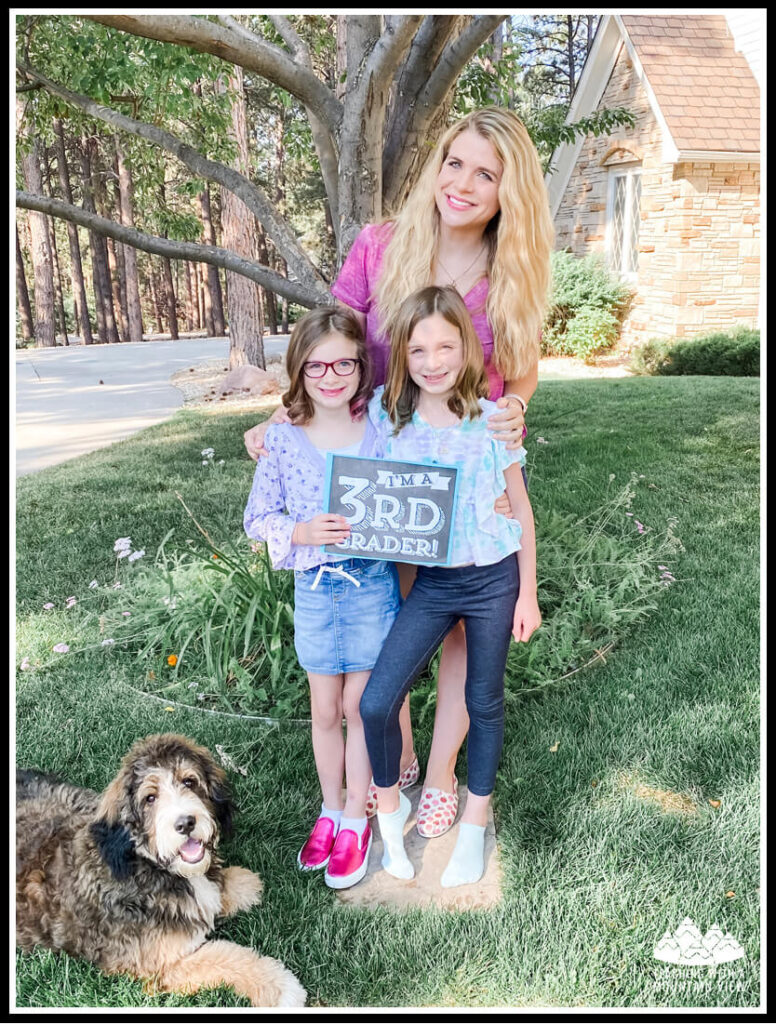
How To Set Up A Homeschool Space
First of all, your homeschool space does NOT need to look like a Pinterest board to be effective. Just like my practical classroom decor, I’m a big proponent of creating a space that fosters focus, creativity, and comfort.
Here are tips to get started creating a homeschool space.
Choose a Dedicated Space
Separating home from school can be tricky when your home literally becomes your classroom. Find a spot in your home that can be consistently used for learning. Even if it’s just a corner of your dining room or a cozy book in the living room, having a regular space helps build a school-like routine. Try to avoid high-traffic areas where other household activities will become a distraction. On nice days, take your space outside!
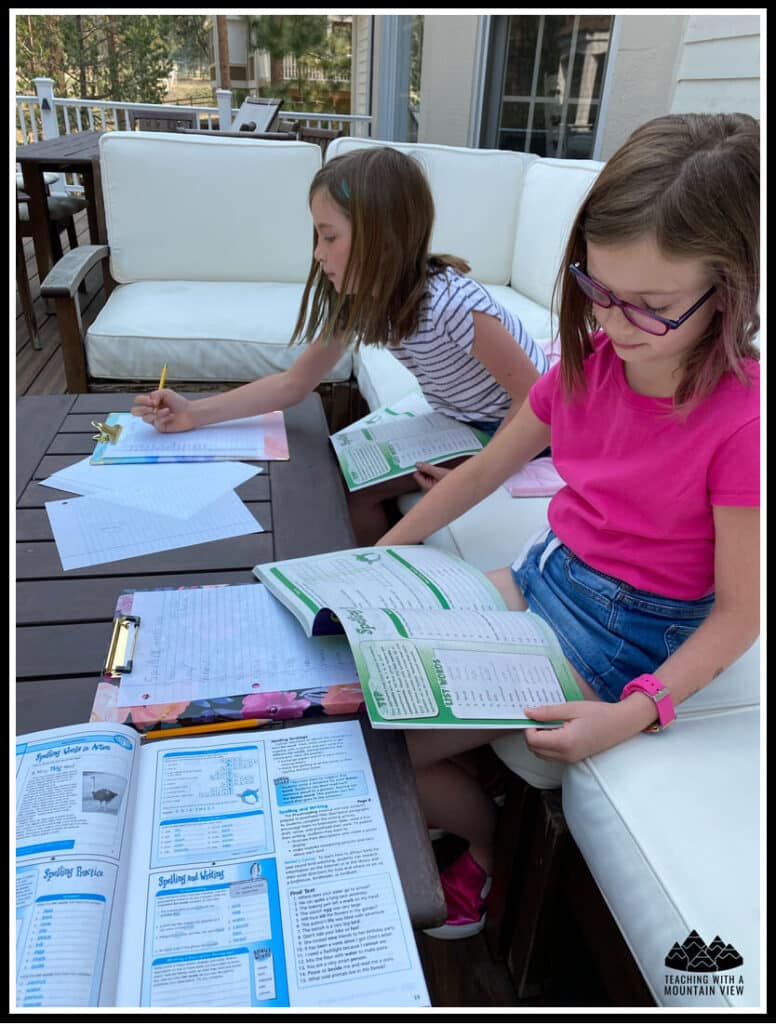
Keep Supplies Accessible
Also, take time to gather essentials– notebooks, pencils, a whiteboard, art supplies, etc. Consider a rolling cart or storage bins to keep everything accessible and movable when needed. The less time you spend searching the house for supplies, the more time you can spend learning.
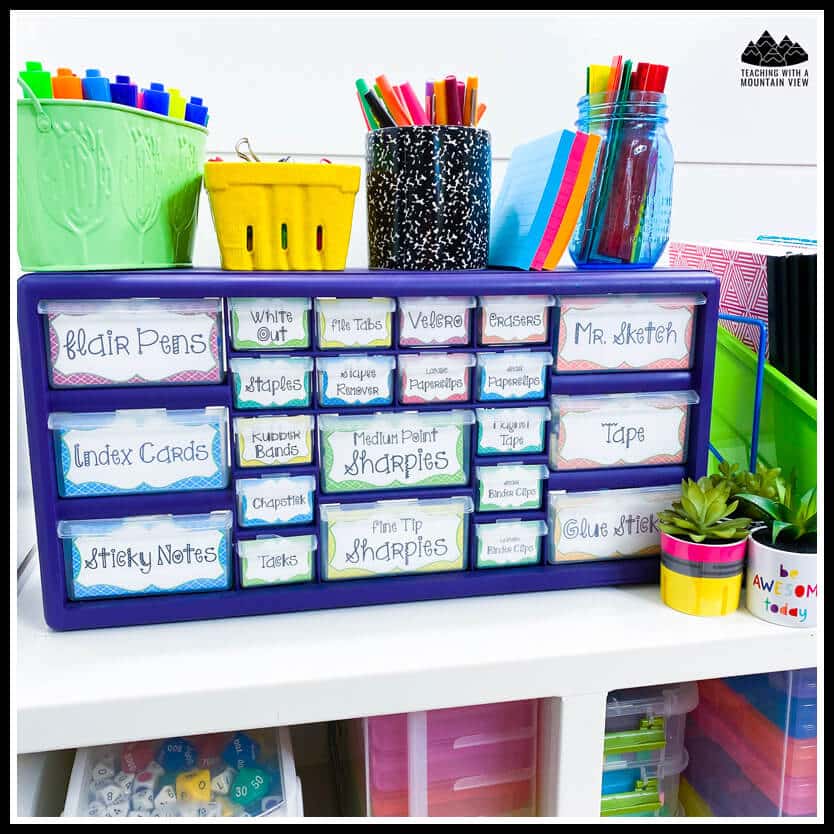
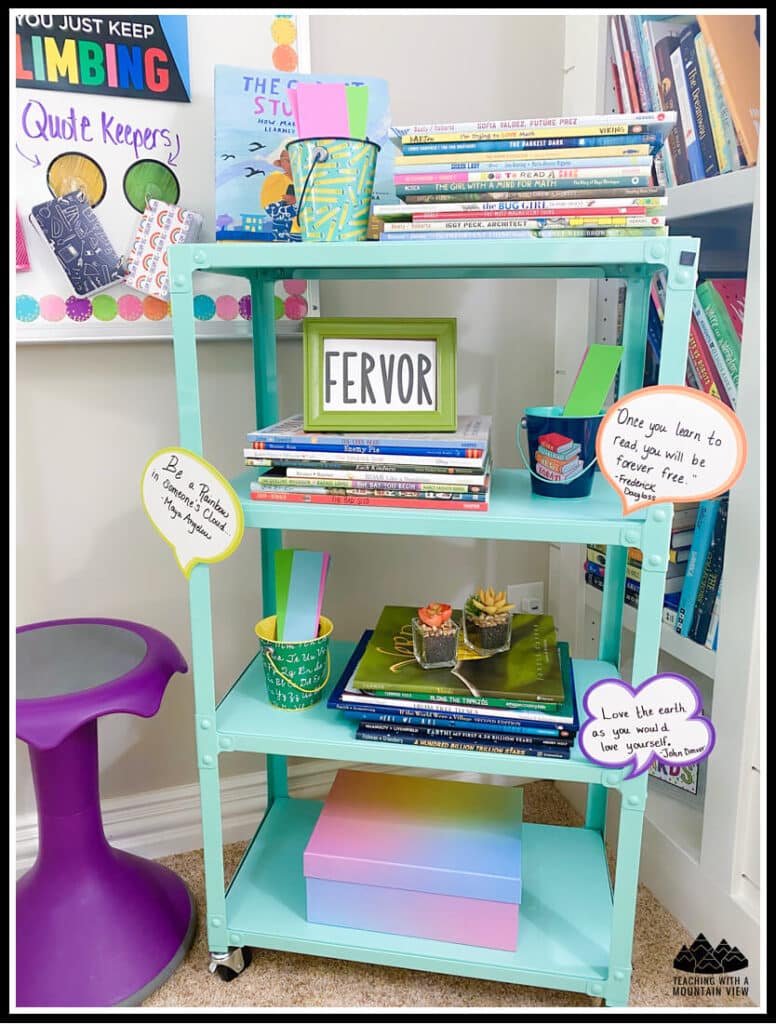
I still had my kids use binders/folders/notebooks so they were developing good organization skills. They kept their math supplies in one area, reading in another, etc. I also used my giant whiteboard ALL the time!
Minimize Distractions
Just like finding an out-of-the-way area for your homeschool space, try to keep your learning area free of non-educational clutter. Electronic gadgets and toys are part of the home, but typically not part of the classroom. Keep this in mind when setting up your homeschool space. If your child is easily distracted by what’s outside, try to choose a space that’s away from windows or use curtains to help limit interruptions.
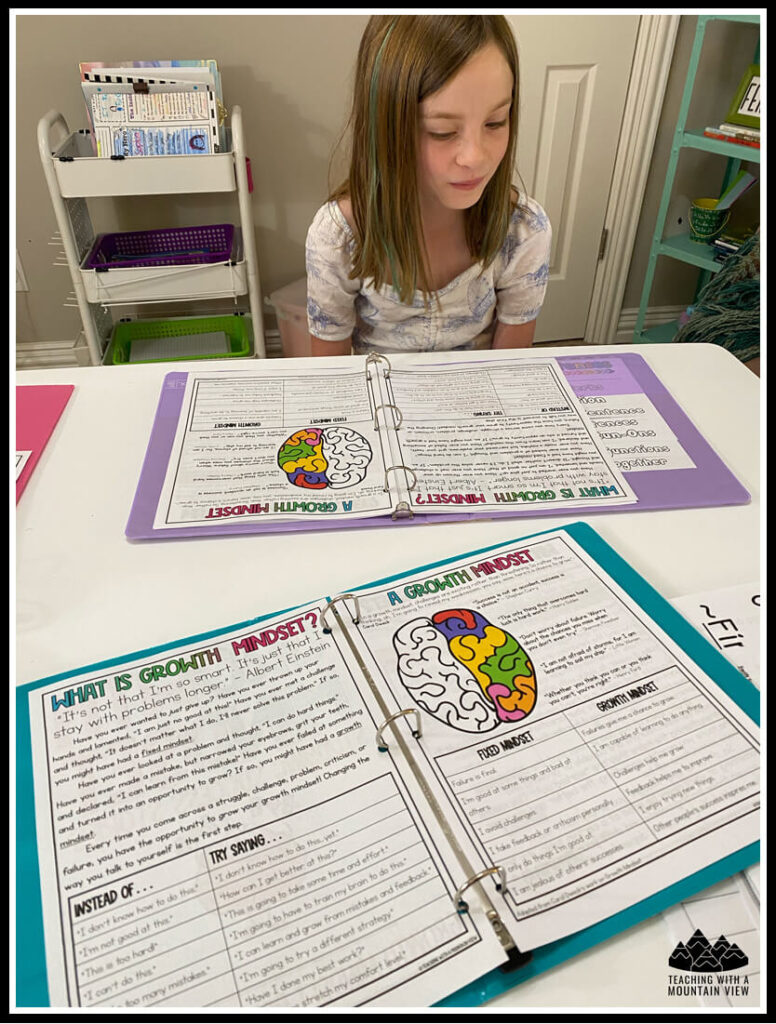
Create a Comfortable Atmosphere
Finally, balance function with coziness. Use a child-sized table and chair, add cushions for comfort, have a few seating options, etc. You can also hang up motivational posters, a calendar, a daily schedule, and current anchor charts to further set the tone for your homeschool space and really immerse your students in their learning.
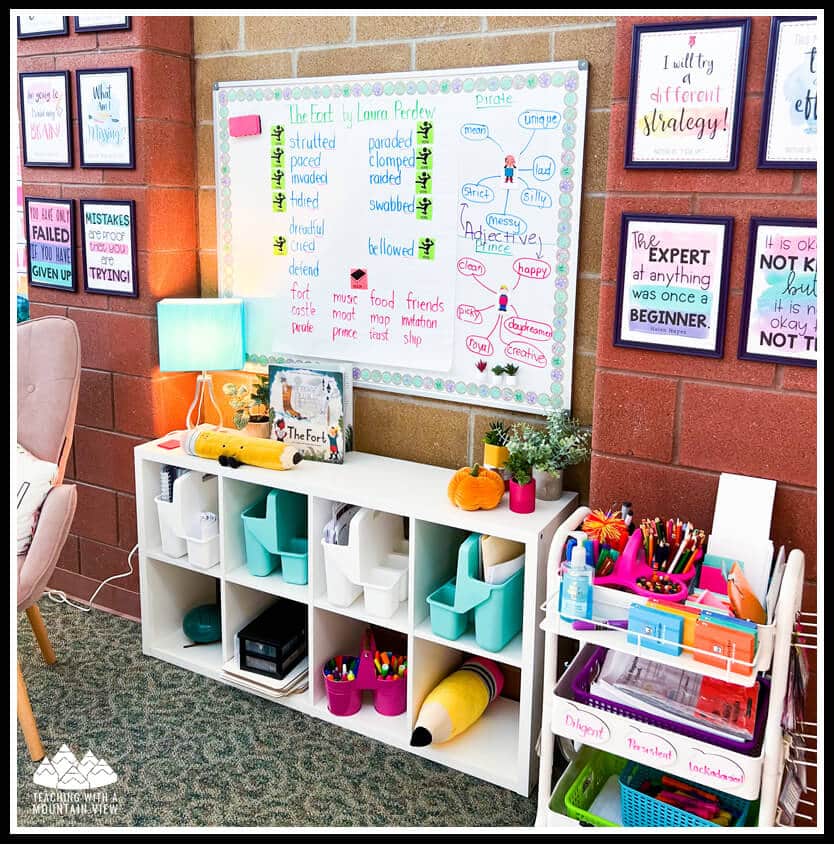
Establish Daily Routines
Having a routine is essential in the classroom and your homeschool environment. While flexibility is a major homeschool perk, structure helps students know what to expect and keeps you on track for the year.
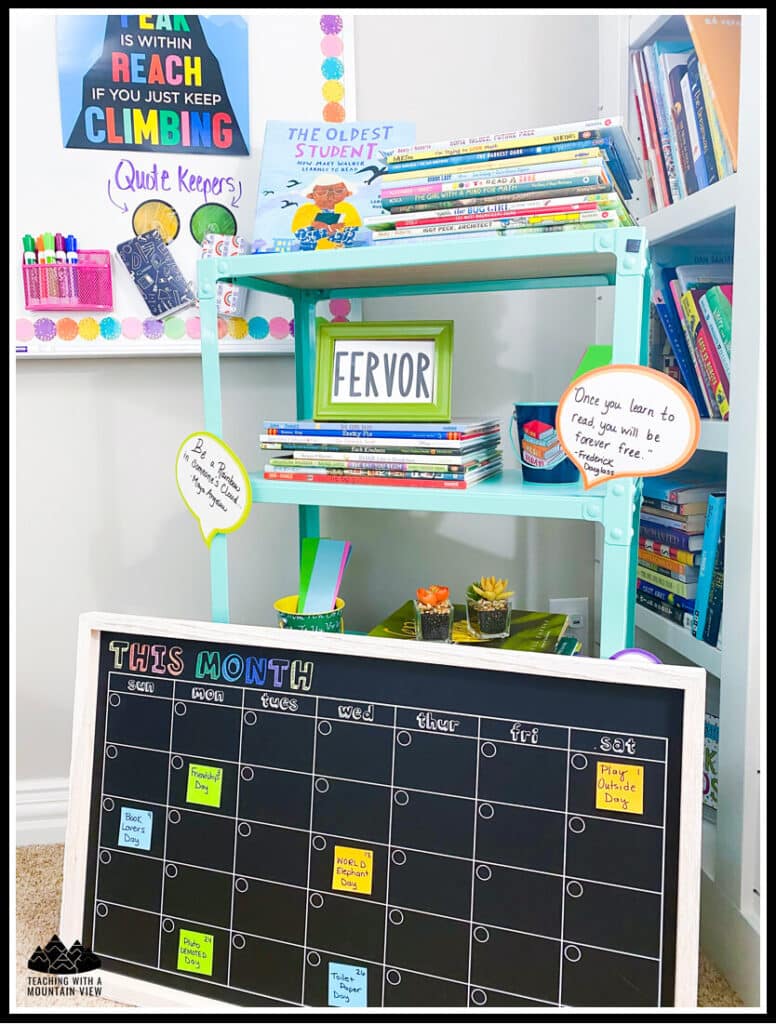
Here are some homeschool routine tips.
Start with a “Soft Start” Morning Routine
Begin your homeschool day in the same way every time and include consistent activities like breakfast, chores, journaling, and then your homeschool curriculum. This routine signals to your child that it’s time to transition from “home mode” to “school mode” for the day.
I start my day in the classroom with a morning meeting, which can be adapted to your homeschool setup. For example, you might decide to start your day with daily question slides or creative thinking journals. I am also a huge fan of using Daily Journals to allow for reflection. Here is my favorite daily journal, which combines thoughtful prompts with academic skills!
You can also use conversation starter decks (Amazon affiliate link), which we LOVE! Don’t underestimate the power of having these short conversations to start your day.
Share Your Schedule
Every day, just like when I teach entire classes, I would write out our schedule on the board. My kids LOVED this, loved checking things off as we went, and loved being a little surprised some days by things they weren’t sure of! One day I wrote “Candy Rush” on the board (which is really just a super fun Place Value activity we were doing), and they were SO excited for math that day!
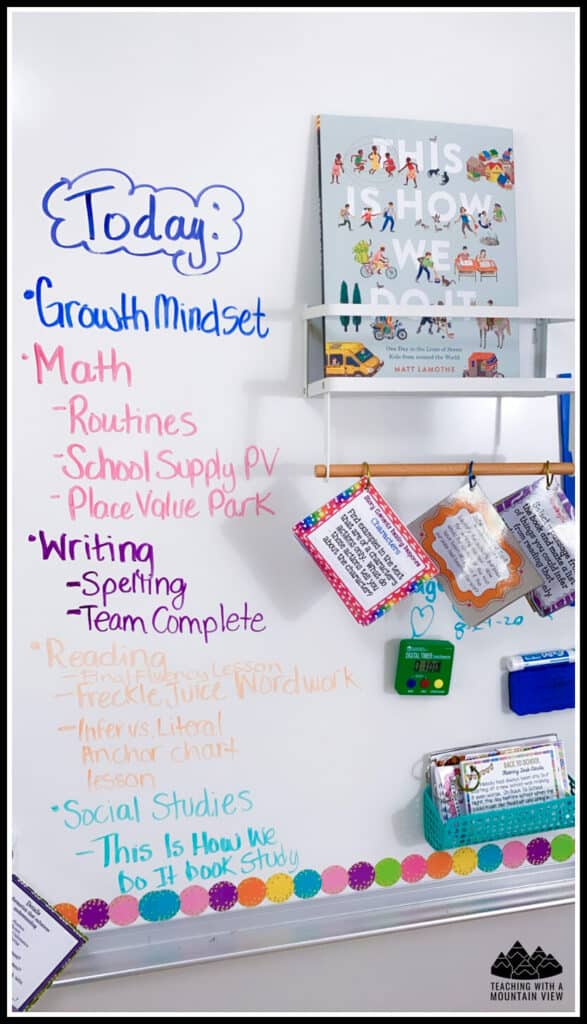
Block Out Learning Time
The flexibility that homeschooling provides is a big perk, but it’s still a good idea to divide your homeschool day into blocks for core subjects (math, literacy, science, social studies), creative projects, and breaks. You should create your homeschool schedule with your child’s personality in mind. Here are a few considerations as you build your homeschool schedule:
- Sometimes it’s easier to tackle difficult tasks first, but sometimes it’s better to save them for later once your child is warmed up for the day.
- Younger students typically require shorter lessons with frequent breaks, whereas older students can usually manage longer periods of focused work followed by breaks.
- Integrate science and social studies into your reading and writing times as much as you can! It makes them super relevant, engaging, and high-interest for your home schoolers.
- One benefit to homeschooling is the ability to integrate your child’s favorite topics and real-world experiences into your classroom. Consider how you can make “units” out of local field trips. Here are a few examples:
- We spent several weeks reading books from Gordon Korman and others detailing the Iditarod. Then, we took a little field trip to go dog sledding. This provided us with a ton of reflecting afterwards – we wrote about our experience vs. the described experience, we researched the dogs and the terrain of Colorado vs. the terrain of Alaska, we calculated gas mileage and the cost per minute to ride the dogs. The possibilities were endless, and it was all SO authentic. NONE of it came from a workbook!
- During the fall, we spent one day a week visiting local pumpkin patches. We did SO much math with it, wrote about each of them and compared them, researched different types of pumpkins and how well they grow, traced the origins of pumpkins and Halloween, compared rotting times of pumpkins, calculated distances, tracked ourselves on maps, plotted weather, etc.
Once you set a daily homeschool schedule, try to block that time out on your family calendar so appointments and other social activities don’t interfere. Of course, things will come up, but I found that if I scheduled too many appointments during the day, it became really impactful and difficult to get back on track!
End the Homeschool Day with Reflection
Wrap up your school day by reviewing what you learned, celebrating successes, and discussing challenges. This routine can reinforce learning and help you modify the next day based on your child’s needs and interests. I highly suggest making a visual to hang up on a wall where your students can share something they loved or learned that day! It’s so fun to see the list grow throughout the year.
Homeschool Curriculum Options
One of the most challenging decisions for new homeschool parents is choosing a curriculum (we have the same dilemma as teachers!). The answer to this problem is: There is no one “right” answer for everyone! The best curriculum is one that fits your child’s needs, your teaching style, and your family’s interests.
As a homeschool mom myself, I realized how wonderful it was to be able to move quickly through the curriculum. We could pack in SO much in a short period of time, and I could customize what I was teaching exactly to their needs – that, in my head, is a huge part of the academic benefit of homeschooling. That means, then, that purchasing a pre-packaged, one-sized-fits-all homeschool curriculum is not going to allow you to maximize the benefits of being a homeschooling family.
Supplementing a Homeschool Curriculum
As you start looking at homeschool curriculum, consider shifting your mindset – whatever curriculum you choose likely isn’t going to be the end all be all, but will serve as a guide for you. As you move through the curriculum, you may notice some sections are less engaging and need supplements. Some don’t have enough fluency practice, grammar practice, or mental math practice. These are all things that are critical to a child’s academic growth and development but are often left out of typical curriculum. Many curricula also forget about the importance of spiral review – a term educators use to describe an instructional approach that encourages teachers to regularly revisit previously taught concepts over time to reinforce learning and build long-term retention. It’s absolutely critical.
To make finding homeschool curriculum supplements easier, here’s a quick list of easy-to-implement options. Each one has been selected with new homeschool families in mind – and I used them with my own kids, too!
Anchor Charts
This is a COMPLETE collection of math and literacy anchor charts and quick reference guides to use with your child during literacy, ELA, and math lessons. These math, reading, figurative language, and informational text structures anchor chart templates are inspired by the well-loved anchor charts I have featured on my blog for years.
Homeschool Spiral Review Curriculum:
Reading Skill of the Day
This Reading Skill of the Day bundle contains a full FORTY weeks of daily reading skill review for 17 key reading skills. It is just what you need for a consistent spiral review of reading skills throughout the year. It is perfect for morning work or as a reading warm-up.
Math Skill of the Day
Engage your child with a thoughtfully spiraled skill review of just one skill every day with Math Skill of the Day! This 36-week resource (plus 4 weeks of review) will provide your child with the perfect amount and type of review and practice to keep their skills sharp. I have taken great care to create this resource with student learning in mind, ensuring that all skills are practiced in many different ways.
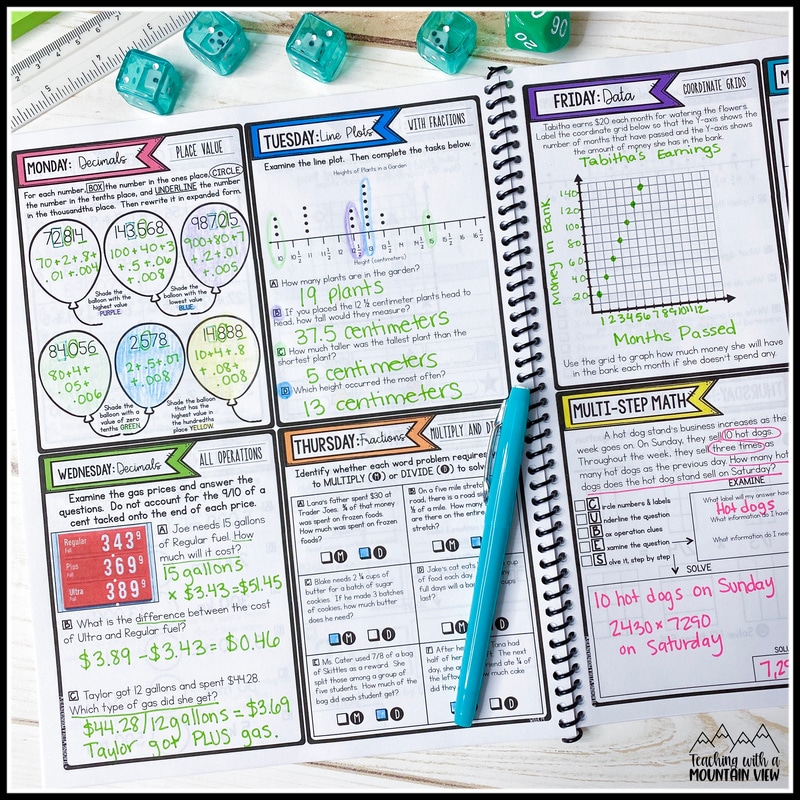
Language Skill of the Day
Engage your child in a daily review of key language arts and grammar skills with this Language Skill of the Day Weekly Journal. Each week includes a daily skill review using a wide variety of high-interest activities. An additional weekly “Boost Your Brain Bonus” activity provides your child with a bonus activity to stretch their thinking. Finally, this resource includes The Weekly Edit, where they correct two sentences based on that week’s skills.
Complete Skill of the Day Bundles
If you’re looking for the ULTIMATE daily resource that comes with weekly assessments or quick checks for each subject above, check out these grade level bundles!
Vocabulary Word of the Day
Transform vocabulary learning into a daily adventure with Vocabulary Word of the Day. This comprehensive resource introduces learners to one exciting new word each day, tied to an engaging weekly theme. With interactive teaching slides, learners use context clues to make predictions, explore word meanings, and track their guesses collaboratively. Complementing this, customizable journals encourage hands-on learning through drawing, analogies, and creative sentence building. It’s perfect for building vocabulary skills while sparking curiosity and critical thinking every single day!
Homeschool Teaching Aids
Flipbooks
Finally, flipbooks are the ultimate learning tool for teaching new concepts. This Math and Literacy Flip Book MEGA Bundle is a comprehensive collection of 37 flip books designed to teach key math and literacy skills in a fun and rigorous way. Each resource offers high-interest, skill-focused tasks for literacy, grammar, and math.
Homeschool Daily Academic Routines for Math and Reading
I mentioned above how important spiral review is, but mental math and reading fluency are two other areas that are often forgotten. You can read more about mental math here and reading fluency here, and then integrate these two resources into your daily routine. I did it when I homeschooled, and I do it now with my students, and it allows for amazing growth!
Mental Math Task Cards
Incorporating mental math problems into your daily routines can make a massive impact on your child’s automaticity with math facts and problem solving. Use these mental math task cards to increase number sense, math fact recall, computation skills, and problem solving all year!
Reading Fleuncy Cards
I created these oral reading fleuncy task cards with various sentence structures that students commonly find in texts to help students practice fluency of phrases and sentences. Have your child read each card multiple times for repeated readings practice. I include a simple recording sheet that has 5 places for your child to rate their reading on each try.
I hope this homeschool parents’ advice has been helpful. Remember, homeschooling will be a learning curve for both you and your child, but remember, you don’t have to be perfect. Your commitment to your child’s education is admirable! Take it one day at a time, give yourself grace, and trust the process as you lay a strong foundation for a meaningful and rewarding homeschool experience!
Mary Montero
I’m so glad you are here. I’m a current gifted and talented teacher in a small town in Colorado, and I’ve been in education since 2009. My passion (other than my family and cookies) is for making teachers’ lives easier and classrooms more engaging.


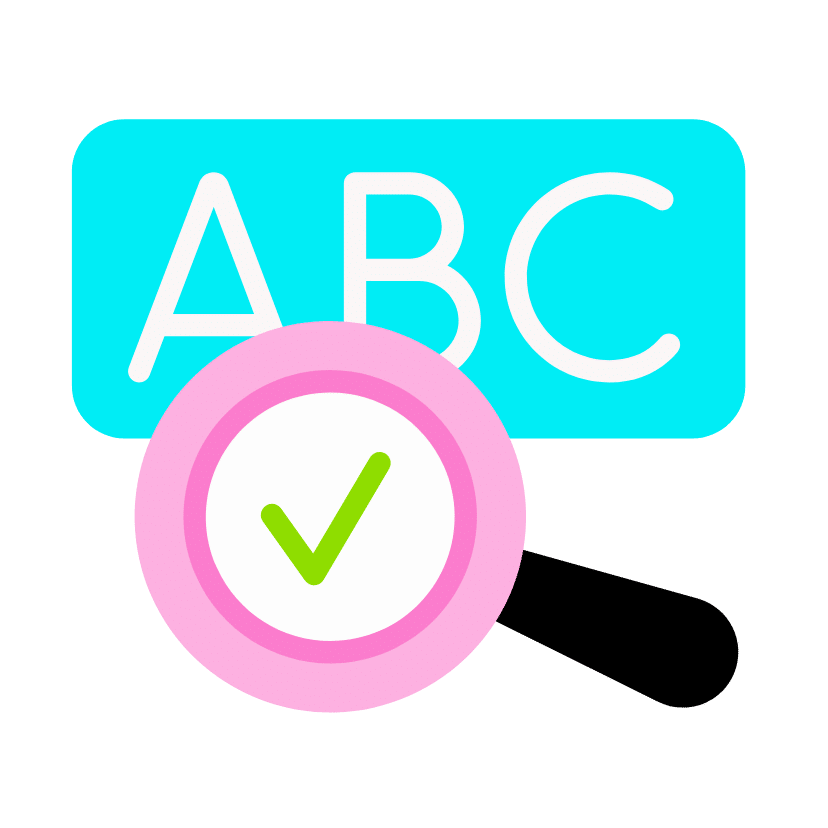

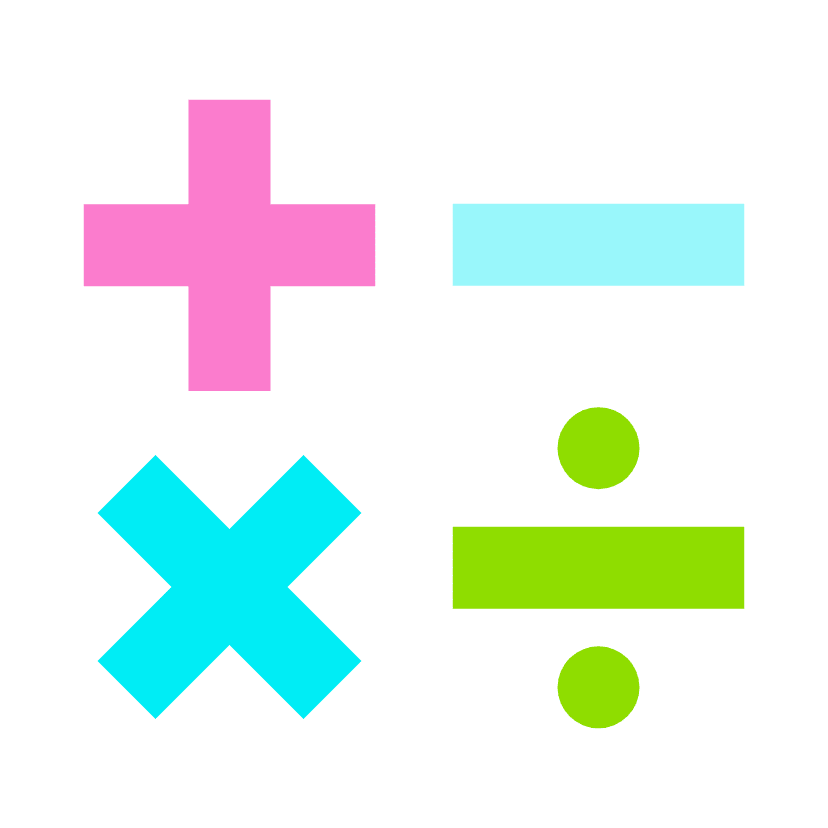

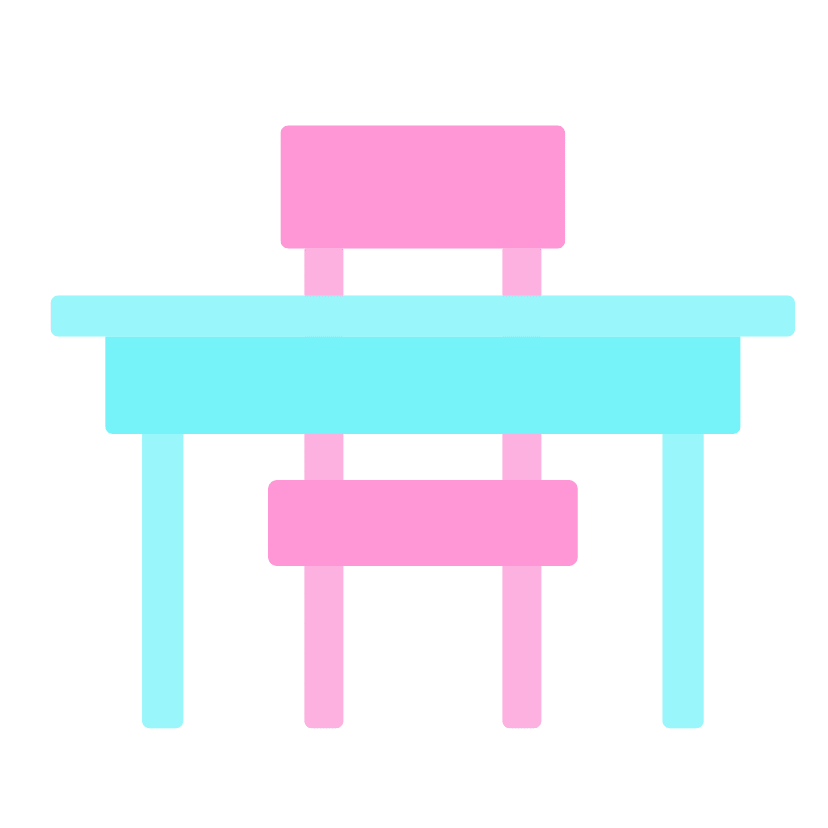
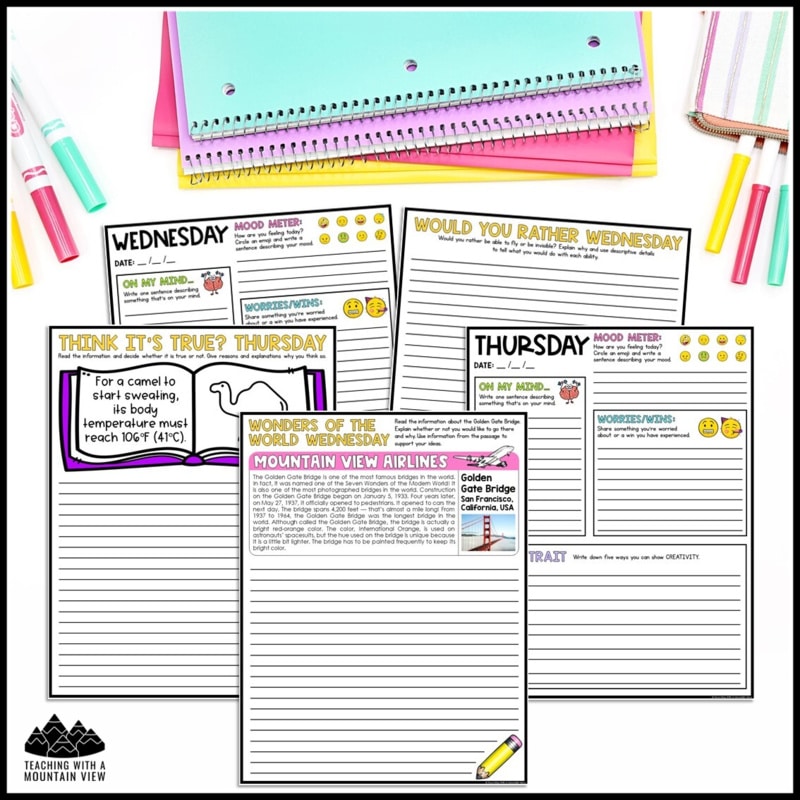
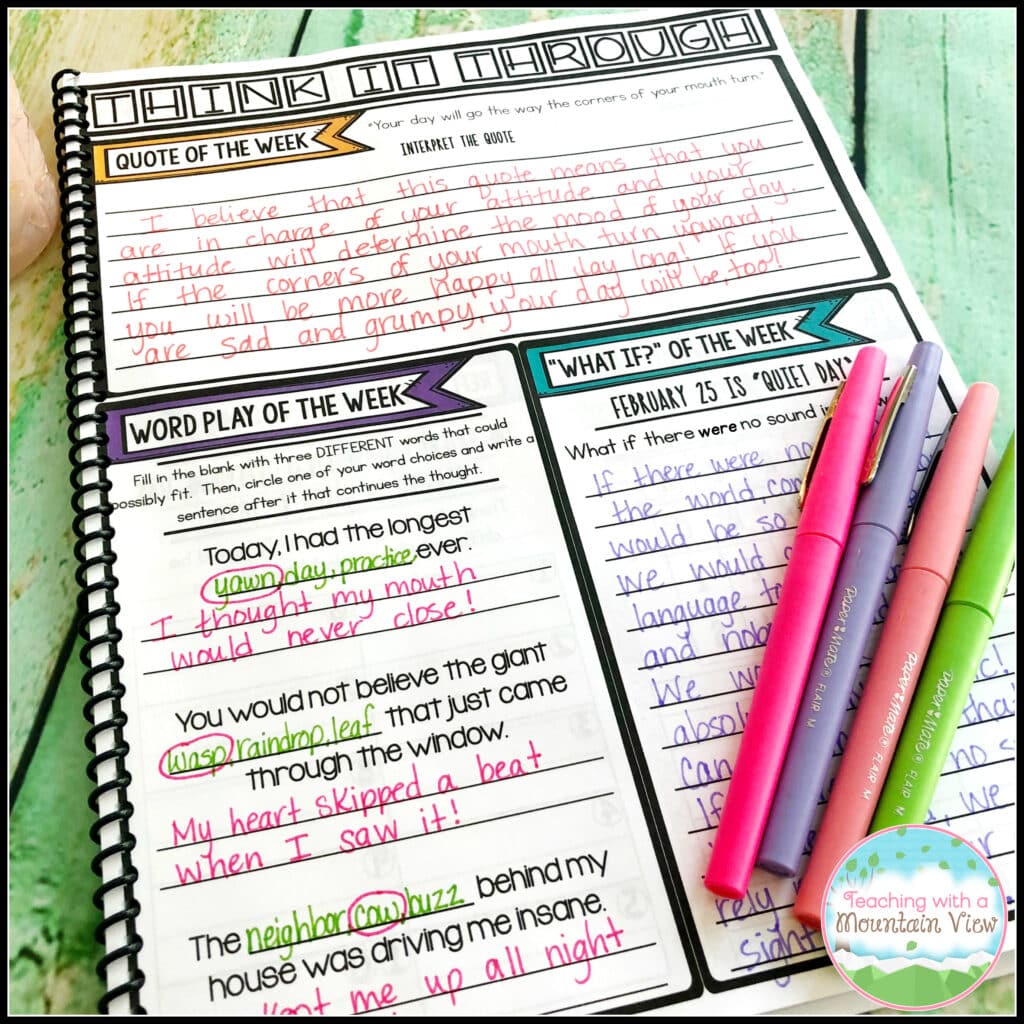
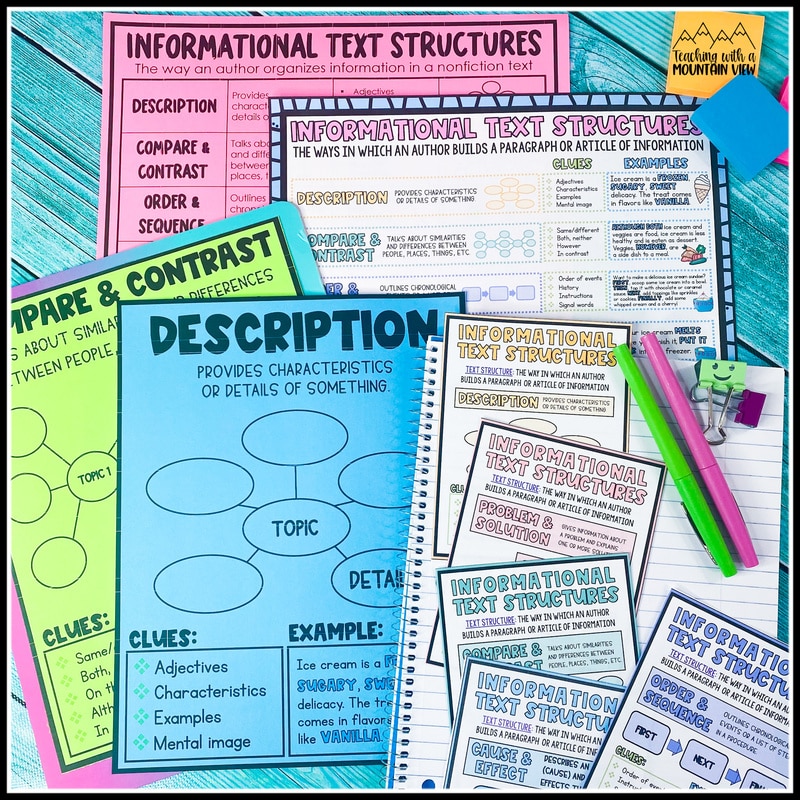
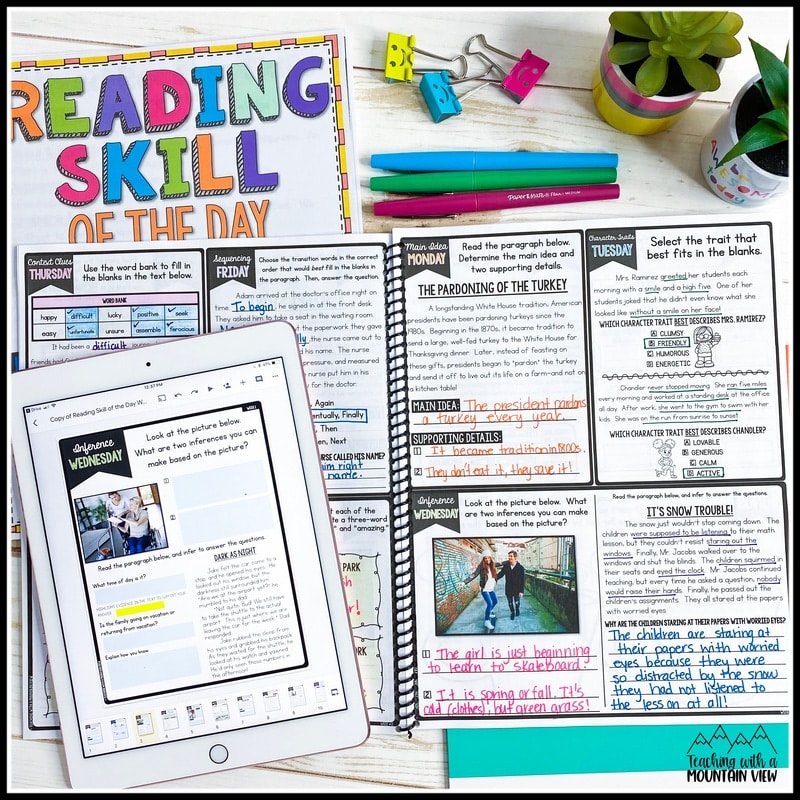
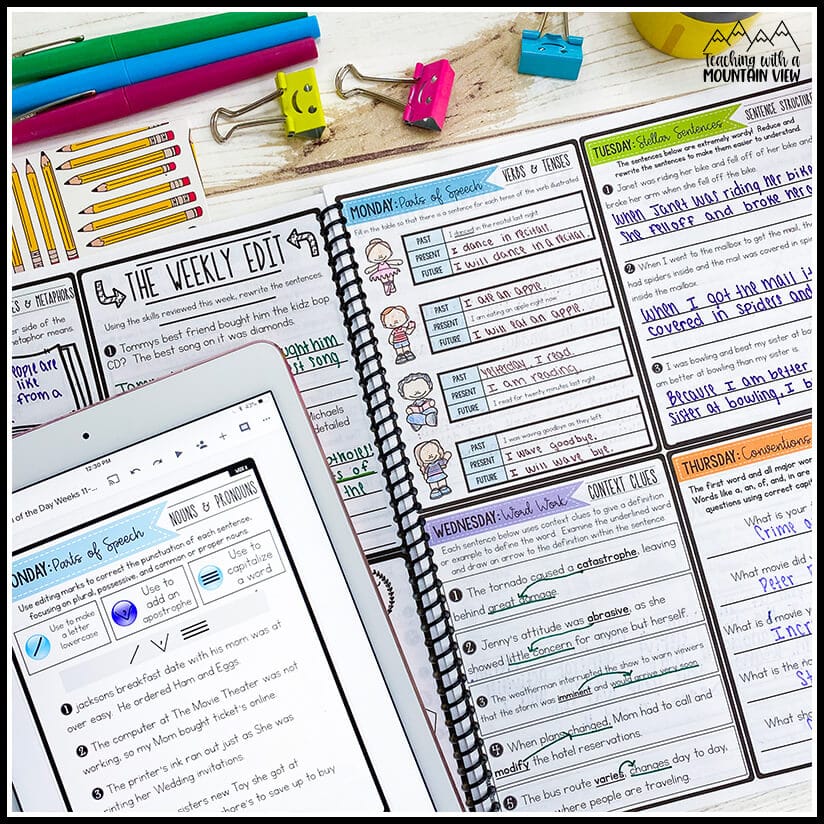
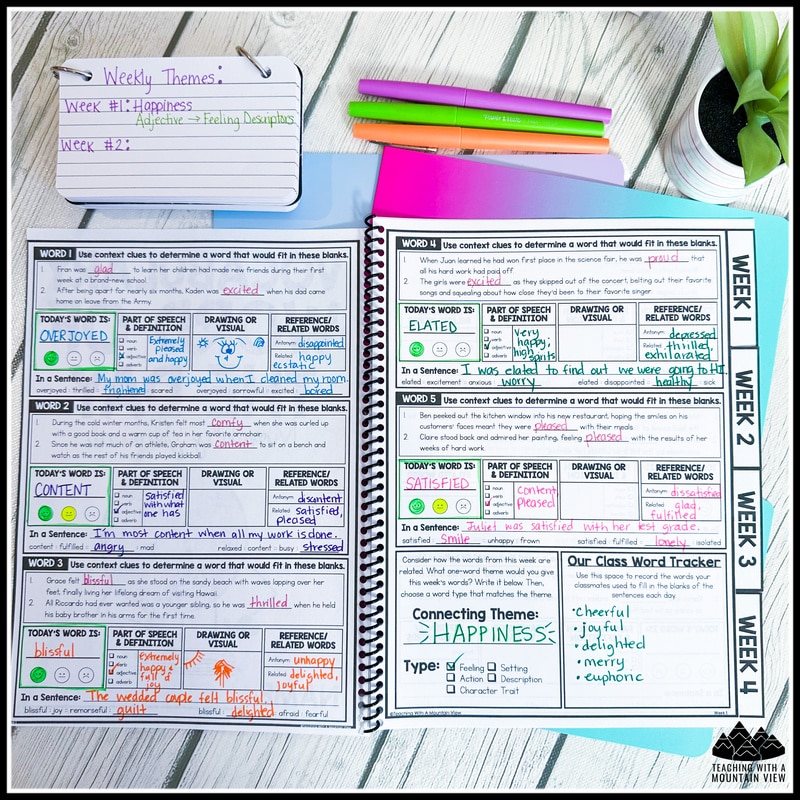
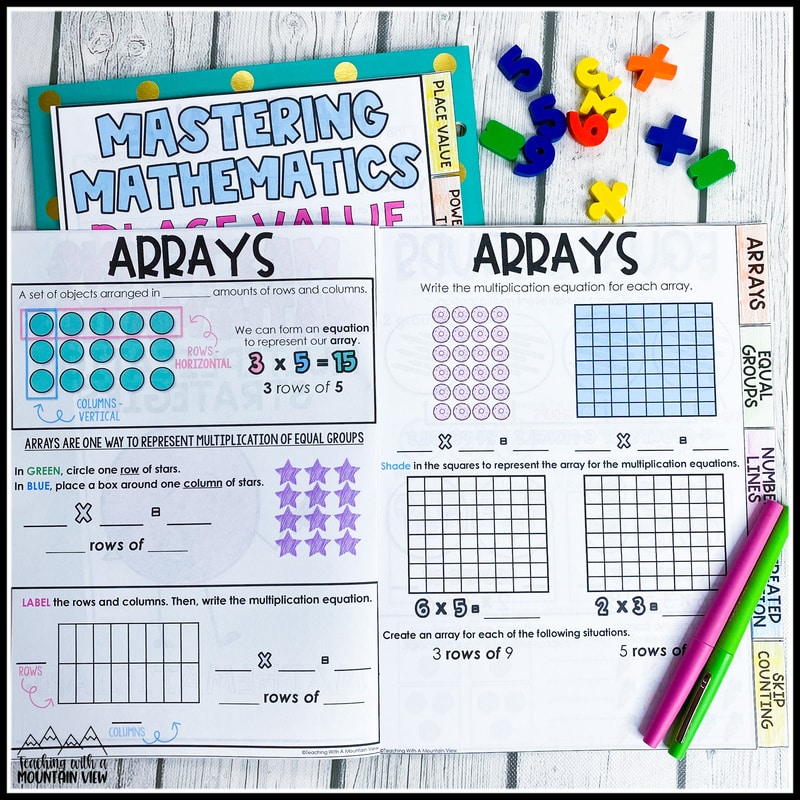
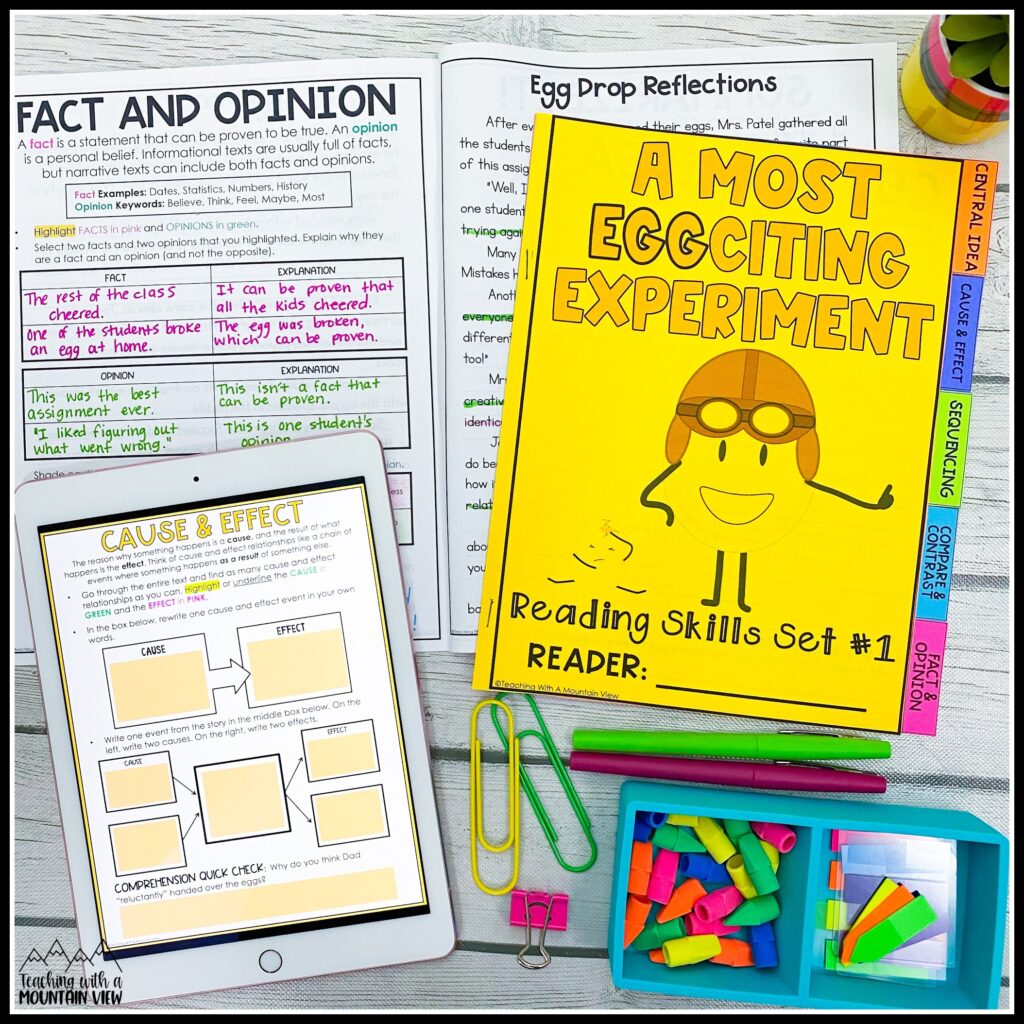
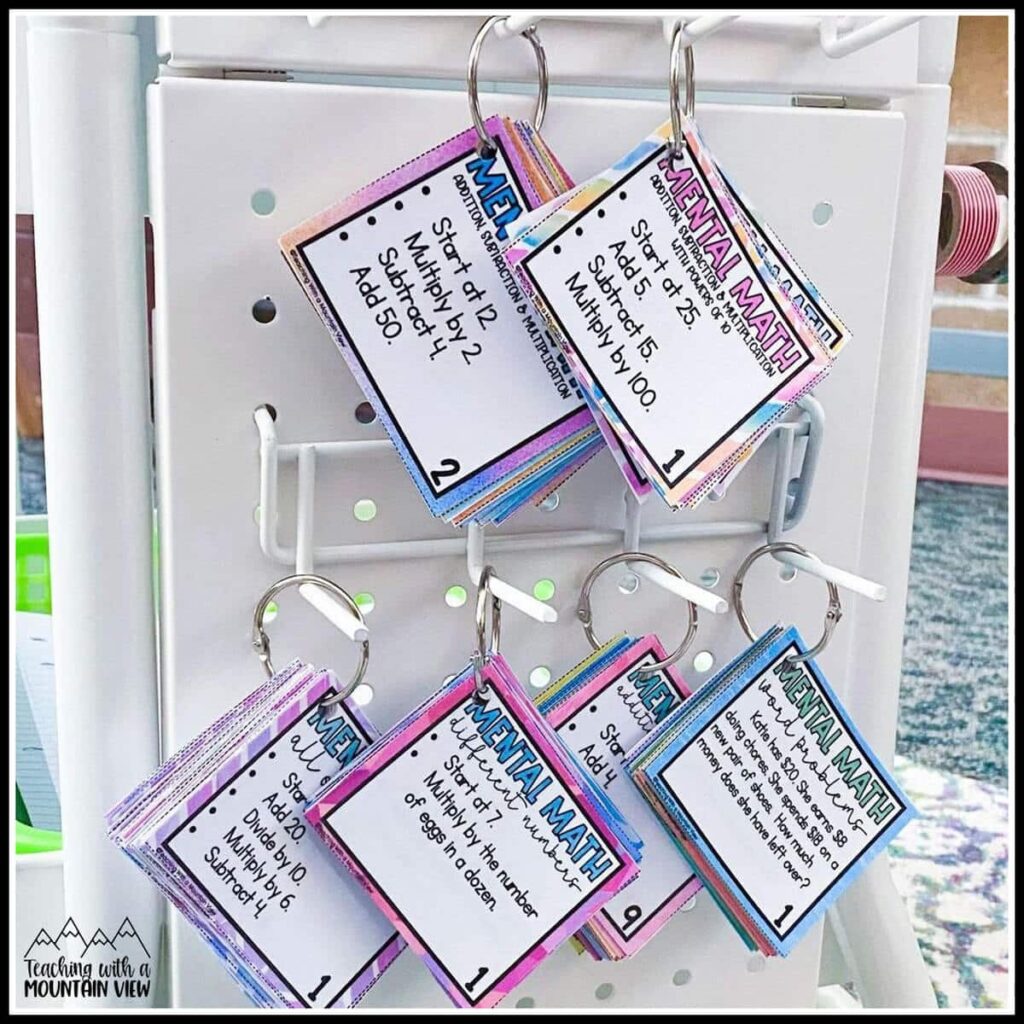
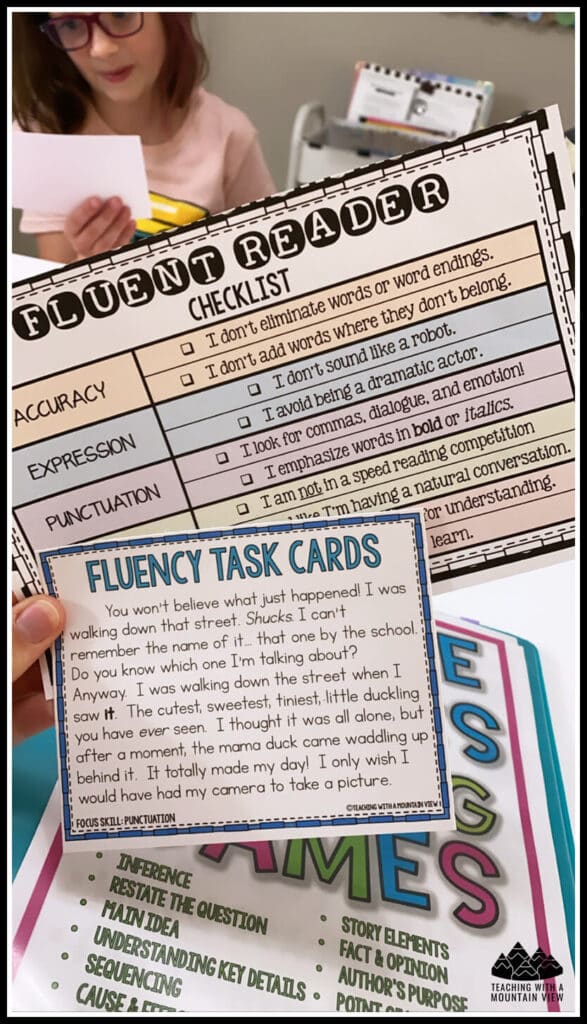
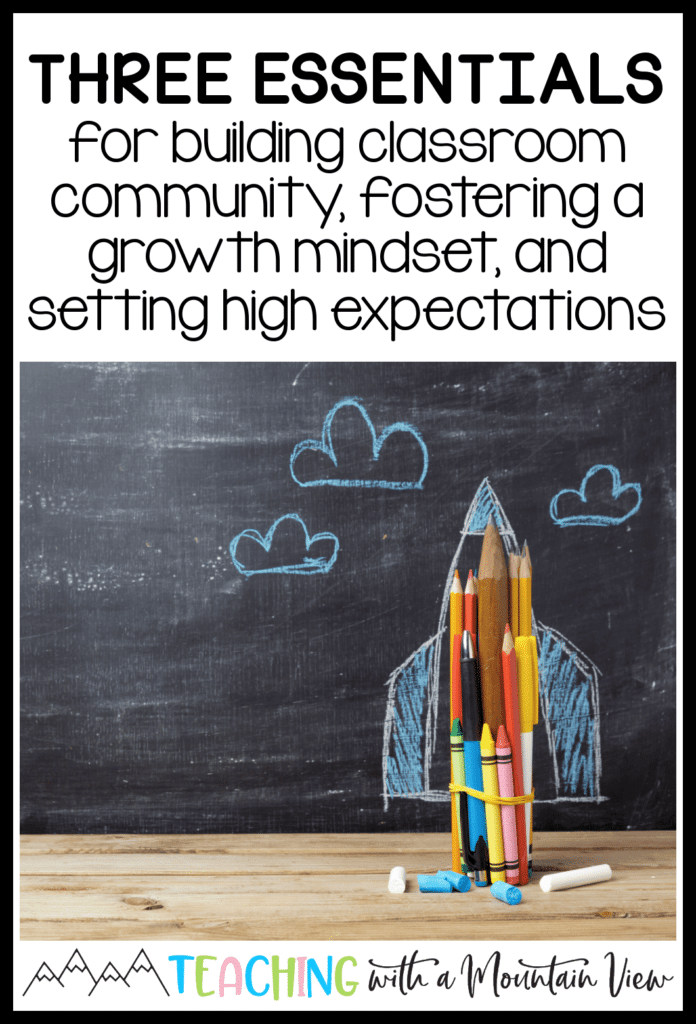
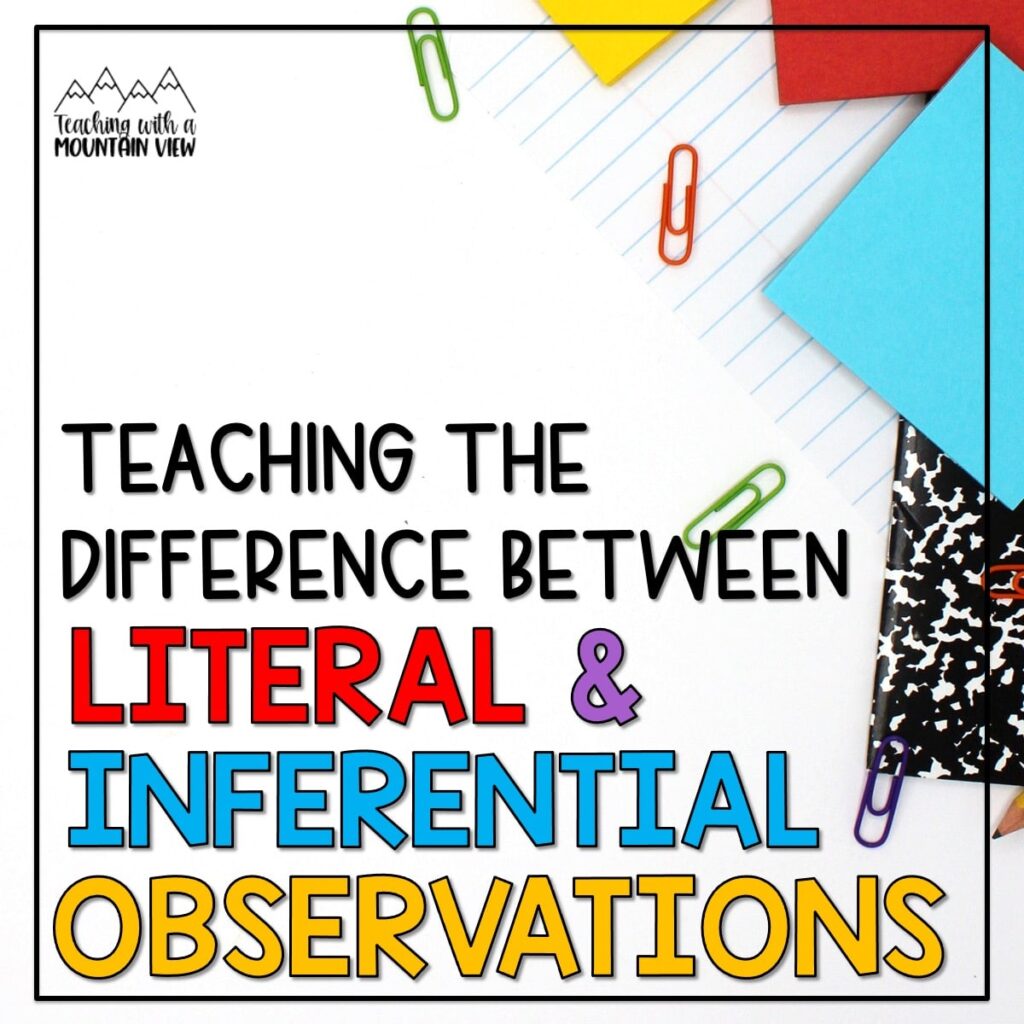
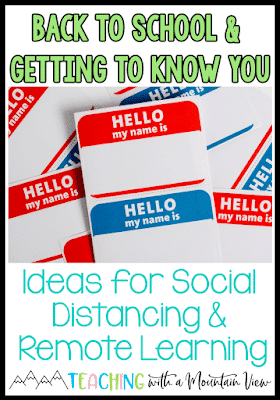

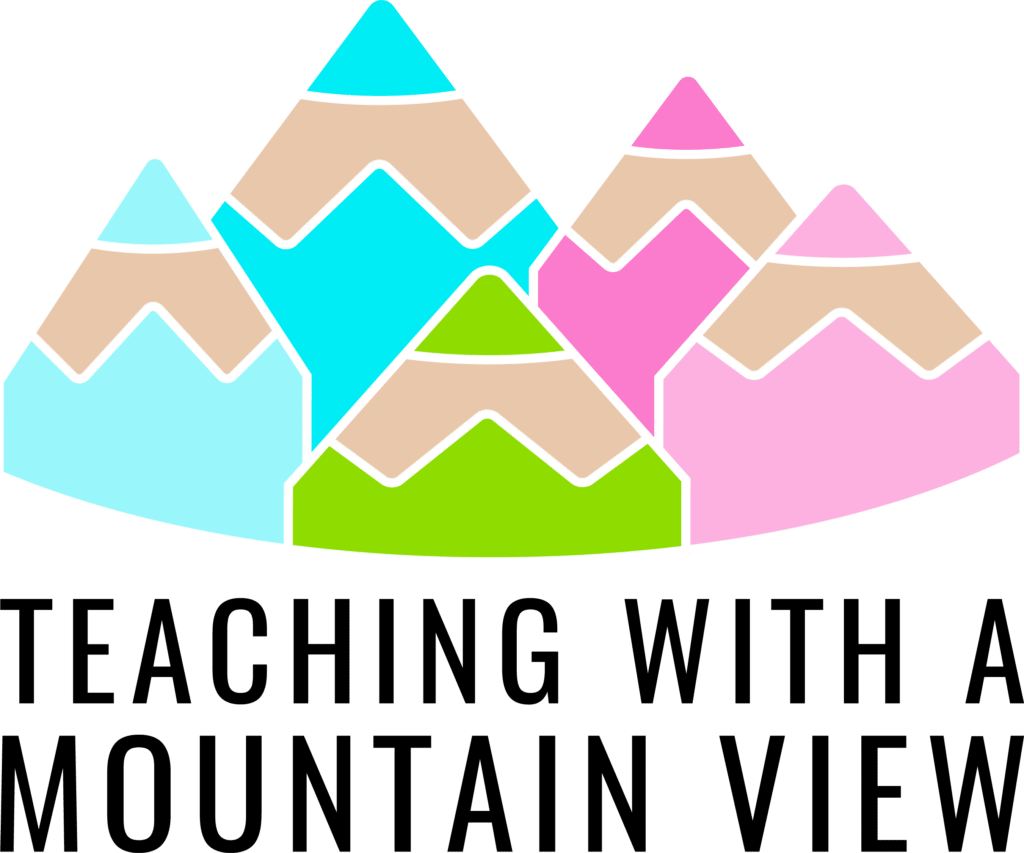
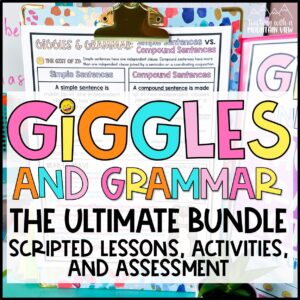 Giggles and Grammar | Upper Elementary Grammar Program
Giggles and Grammar | Upper Elementary Grammar Program